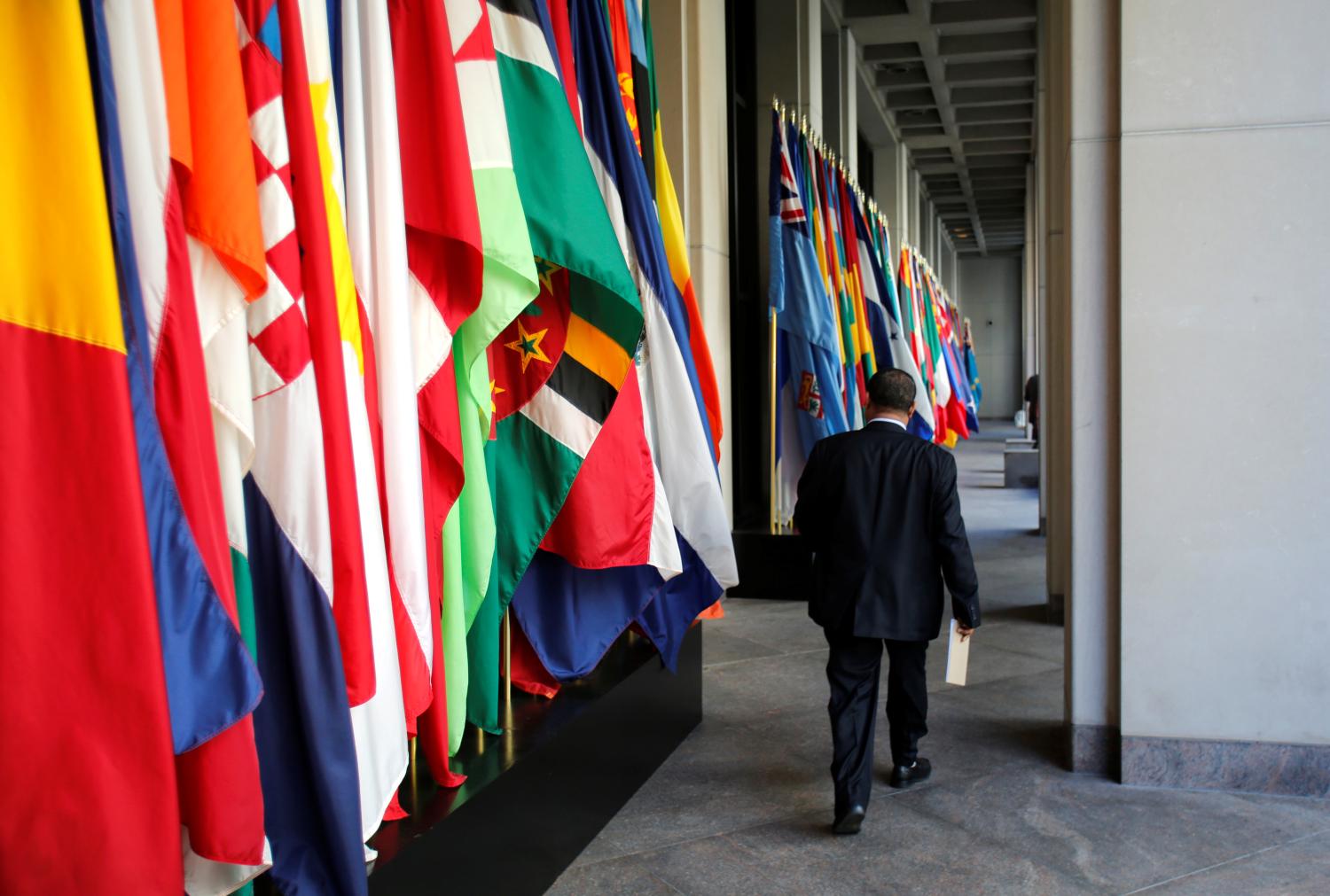Editor’s Note: June 26, 2008: In response to this working paper, Brookings received comments from some of the aid agencies that were reviewed as part of Easterly and Pfutze’s research and suggested rankings. Since Brookings’ working papers are intended to foster discussion of current policy issues, we have posted the responses received below (with permission) in order to further the debate, and offer additional views on the scholars’ proposed criteria and rankings.
Response from the World Food Program »
Response from William Easterly and Tobias Pfutze »
Abstract
This paper does not address the issue of aid effectiveness—that is, the extent to which foreign aid dollars actually achieve their goals—but instead focuses on “best practices” in the way in which official aid is given, an important component of the wider debate. First, we discuss best practice for an ideal aid agency and the difficulties that aid agencies face because they are typically not accountable to their intended beneficiaries. Next, we consider the transparency of aid agencies and four additional dimensions of aid practice: specialization, or the degree to which aid is not fragmented among too many donors, too many countries, and too many sectors for each donor); selectivity, or the extent to which aid avoids corrupt autocrats and goes to the poorest countries; use of ineffective aid channels such as tied aid, food aid, and technical assistance; and the overhead costs of aid agencies. We compare 48 aid agencies along these dimensions, distinguishing between bilateral and multilateral ones. Using the admittedly limited information we have, we rank the aid agencies on different dimensions of aid practice and then provide one final comprehensive ranking. We present these results as an illustrative exercise to move the aid discussion forward.
The Brookings Institution is committed to quality, independence, and impact.
We are supported by a diverse array of funders. In line with our values and policies, each Brookings publication represents the sole views of its author(s).



